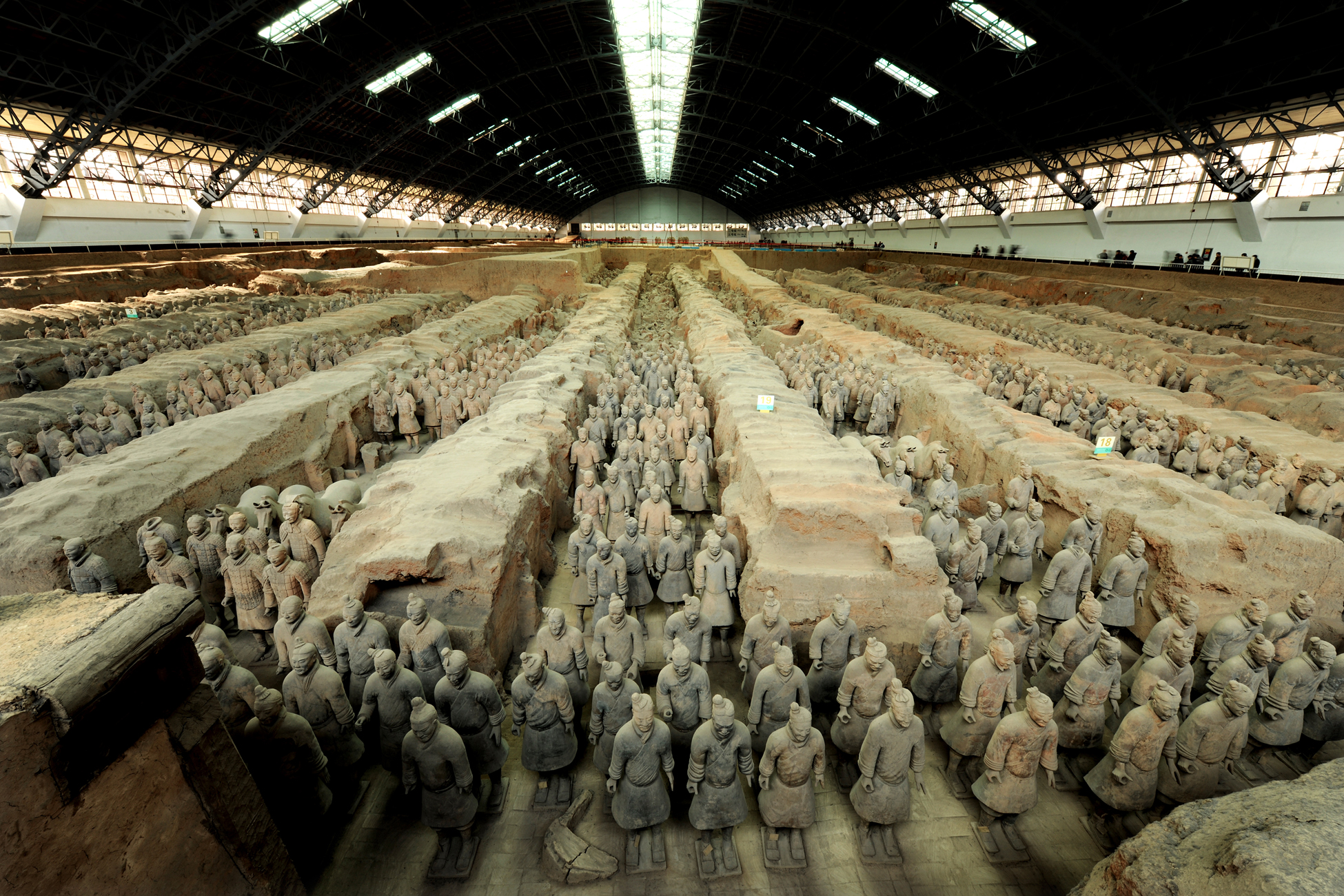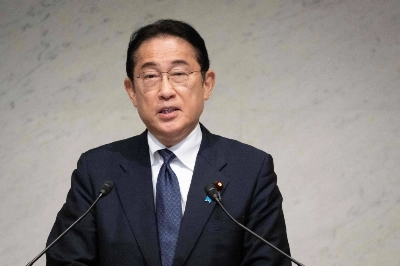A small section of Qin Shi Huang's terra-cotta army marched into the Tokyo National Museum last week and will remain there until February before descending on the cities of Fukuoka and Osaka.
The 2,200-year-old life-size statues — sometimes referred to as the "eighth wonder of the ancient world" — were stumbled upon by farmers digging a well approximately 30 km east of the city of Xian 41 years ago. The site was identified as the burial place of Qin Shi Huang, born Ying Zheng (259-210 B.C.), the first emperor of a unified China.
In 246 B.C., aged just 13, he ordered the creation of an expansive mausoleum modeled on Qin's capital Xian that was to include thousands of clay soldiers along with horses and chariots. It was designed to give him the same military power and status in the afterlife as the one he would enjoy during his time on Earth. Archaeologists believe there are around 8,000 terra-cotta sculptures in the underground pits in Xian, and for the next few months 10 of them, plus other relics from the site, will be on display in Tokyo.




















With your current subscription plan you can comment on stories. However, before writing your first comment, please create a display name in the Profile section of your subscriber account page.